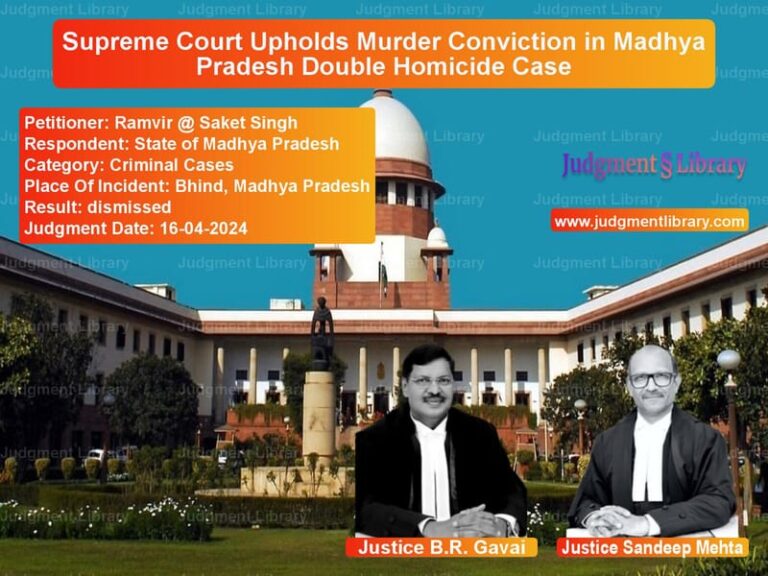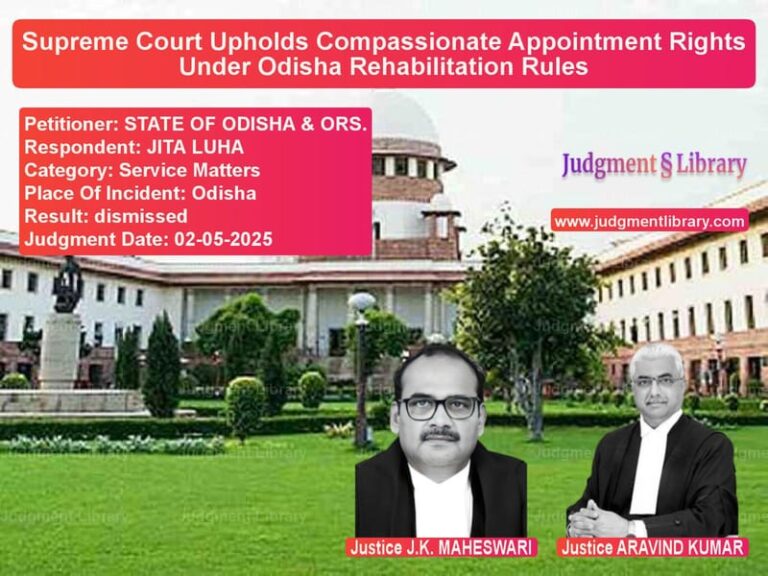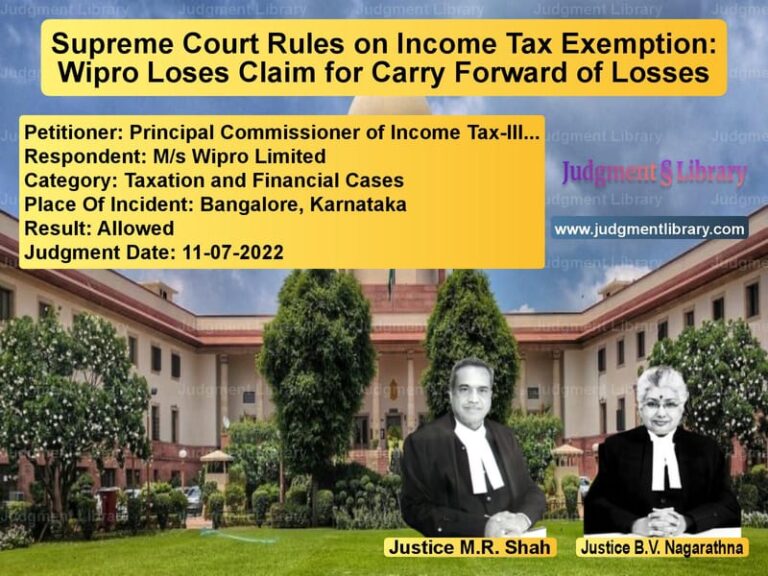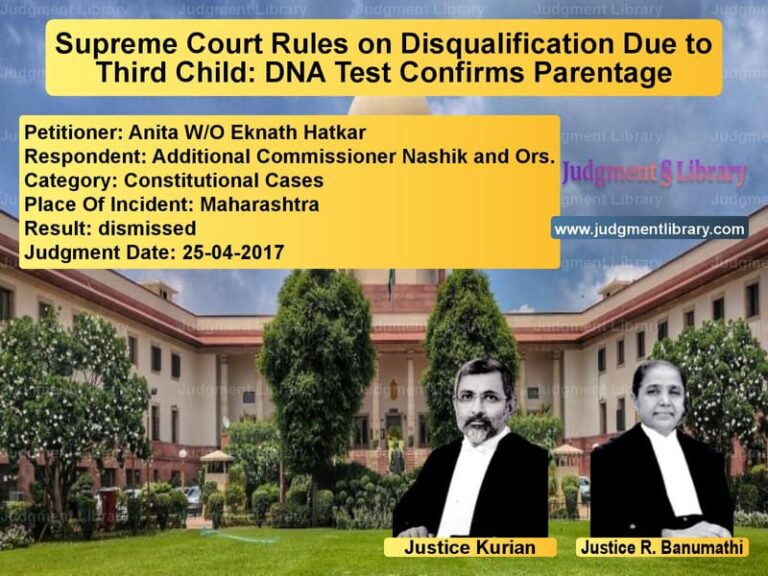Supreme Court Allows Judicial Officers to Compete for District Judge Posts in Landmark Ruling
In a landmark judgment that reshapes the recruitment landscape for India’s judiciary, the Supreme Court has delivered a historic verdict allowing judicial officers to compete for district judge positions through direct recruitment. The Constitution Bench’s ruling on October 9, 2025, overturns four decades of legal precedent and opens new career pathways for thousands of judicial service members across the country. This decision represents a significant victory for judicial officers who have long argued for equal opportunity in competing for higher judicial positions.
The case centered around the interpretation of Article 233 of the Indian Constitution, which governs appointments to district judge positions. For over forty years, a series of Supreme Court judgments had interpreted this provision as creating two separate streams – one for promotion of existing judicial officers and another exclusively for advocates with seven years of practice for direct recruitment. The present judgment fundamentally reinterprets this constitutional provision, finding that the earlier reading was incorrect and deprived qualified judicial officers of their rightful opportunities.
The Constitutional Question
The core issue before the Constitution Bench was whether judicial officers already serving in subordinate judiciary could compete for district judge positions through direct recruitment, or whether these positions were reserved exclusively for practicing advocates. The petitioners, representing judicial officers, argued that “the judgment of this Court in Dheeraj Mor v. High Court of Delhi misreads Article 233(2) of the Constitution” and that “the construction given by Dheeraj Mor to the effect that a person has to be presently an advocate or a pleader makes the words ‘a person not already in the service of Union or State’ totally superfluous and redundant which cannot be permitted.”
Read also: https://judgmentlibrary.com/supreme-court-issues-directions-in-public-interest-litigation-case/
The judicial officers contended that “the interpretation excluding Civil Judges from being eligible to be appointed directly as district judges is unreasonable and against the interest of administration of justice. A person in judicial service would certainly be more experienced and more suitable for appointment.” They emphasized that “there is no requirement of any period of time or experience that a Civil Judge must possess to be eligible for direct recruitment as a district judge. Article 233 does not lay down any such requirement.”
The respondents, opposing this view, argued for maintaining the status quo, stating that “for the last 60 to 65 years, the interpretation of Article 233 of the Constitution has been uniform and has stood the test of time” and that “store decisis et non quieta movere or to ‘stand by decisions and not to disturb what is settled’, is a doctrine which clearly applies to the present reference.” They maintained that “once an individual joins the stream of service, he/she ceases to be an advocate. A person in judicial service cannot simultaneously also be a practicing advocate and is, therefore, not eligible for being appointed as against the quota reserved for advocates.”
The Court’s Analysis
The Constitution Bench, led by Chief Justice B.R. Gavai, conducted an exhaustive analysis of the constitutional provisions and previous judgments. The Court emphasized that “interpretation must depend on the text and the context. They are the bases of interpretation. One may well say if the text is the texture, context is what gives the colour. Neither can be ignored. Both are important. That interpretation is best which makes the textual interpretation match the contextual.”
Examining Article 233, the Court observed that “clause (1) of Article 233 of the Constitution deals with the appointments of persons to be, and the posting and promotion of, district judges in any State” while “Article 233(2) of the Constitution deals with the eligibility of the persons for appointment to the post of district judge.” The Court found that “a plain reading of clause (2) of Article 233 of the Constitution would reveal that for appointment of a person to the post of district judge, two streams are provided: (i) a person not already in the service of the Union or of the State; and (ii) an advocate or a pleader if he has been an advocate or a pleader for not less than seven years.”
The Court strongly criticized the previous interpretation, stating that “if the interpretation as sought to be given in the judgments of this Court in the cases of Satya Narain Singh till Dheeraj Mor is to be accepted, it will render the first part of clause (2) of Article 233 of the Constitution redundant.” The Bench emphasized that “it is presumed that the legislature has inserted each and every word with an intention to give the provision an effective meaning” and that “if the Constituent Assembly desired that when the recruitment is made directly, only the advocates having seven years of practice would be considered for appointment, it would not have put the words ‘a person not already in service of the Union or of the State’ in the first part of clause (2) of Article 233 of the Constitution.”
Overturning Decades of Precedent
The Court explicitly overruled the line of judgments starting from Satya Narain Singh in 1985 through Dheeraj Mor in 2020, holding that “the judgments of this Court right from Satya Narain Singh till Dheeraj Mor do not lay down a correct proposition of law.” The Bench found that these decisions “have incorrectly applied the law laid down by the Constitution Benches of this Court in Rameshwar Dayal and Chandra Mohan.”
Addressing the doctrine of stare decisis, the Court acknowledged its importance but stated that “the doctrine of stare decisis is not an inflexible rule of law. This Court may review its earlier decisions if it believes that there is an error, or the effect of the decision would harm the interests of the public or if ‘it is inconsistent with the legal philosophy of the Constitution’.” The Court concluded that “the interpretation placed by the judgments right from Satya Narain Singh onwards till Dheeraj Mor, in our view, is totally inconsistent with the provisions of clause (2) of Article 233 of the Constitution.”
New Eligibility Framework
The Court established a comprehensive framework for future recruitments, directing that “for bringing the advocates and the in-service candidates at the same level, it will be appropriate that the rules provide that an in-service candidate should be eligible for recruitment to the post of district judge directly only if he has a combined experience of seven years as an advocate and a judicial officer.” Additionally, the Court specified that “in order to make available a level playing field for all the candidates, whether from in-service or advocates/pleaders, the minimum age as on the date of application should be 35 years.”
The Court rejected arguments about potential heartburn among judicial officers, stating that “if a person is meritorious and on account of merit and merit alone gets selected directly as a district judge, there can be no question of heartburn for those who are not as meritorious as persons selected.” The Bench also dismissed concerns about advocates being crowded out, noting that “in the selection process… the advocates/pleaders as well as in-service candidates would compete together and only the best/most meritorious amongst them will be selected with no weightage being conferred on in-service candidates.”
Concurring Opinion
Justice M.M. Sundresh, in a concurring opinion, emphasized the constitutional principles underlying the decision, noting that “judging is an independent sovereign function” and that “to say that such a judge is their employee, and therefore debarred from competing for the vacancies earmarked to be filled through direct recruitment, would be contrary to the principle of independence of the judiciary.”
Justice Sundresh also highlighted the concept of constitutional silence, explaining that “one must appreciate the constitutional silence on the eligibility criteria qua a person in the judicial service, which has accordingly been left to the discretion and wisdom of the High Court and the Governor of the State, as per Articles 233 and 235 of the Constitution.” He emphasized that “any interpretation contrary to the aforesaid view, would amount to a reservation in favour of ‘an advocate or a pleader,’ which is not only not contemplated under the Constitution, but also violates the very spirit enshrined thereunder.”
Final Directions
The Constitution Bench concluded with specific directions, answering the reference questions by holding that “Judicial Officers who have already completed seven years in Bar before they were recruited in the subordinate judicial service would be entitled for being appointed as a District Judge/Additional District Judge in the selection process for the post of District Judges in the direct recruitment process” and that “a person who has been or who is in judicial service and has a combined experience of seven years or more as an advocate or a Judicial Officer would be eligible for being considered and appointed as a District Judge/Additional District Judge under Article 233 of the Constitution.”
The Court directed that “all the State Governments in consultation with the High Courts shall frame/amend the rules in accordance with what has been held by us hereinabove, within a period of three months from today” and clarified that “what we have held in this judgment will be applicable only from the date of this judgment and in no case, any selection process completed, or any appointment made prior to this judgment would be affected.”
This landmark judgment represents a significant evolution in India’s judicial recruitment system, creating a more integrated and competitive process for selecting district judges. By allowing judicial officers to compete directly with advocates, the Supreme Court has opened new career progression opportunities while potentially enhancing the quality of the district judiciary through broader competition and selection of the most meritorious candidates regardless of their current position within the judicial system.
Petitioner Name: REJANISH K.V..Respondent Name: K. DEEPA AND OTHERS.Judgment By: Justice B.R. GAVAI, Justice ARAVIND KUMAR, Justice SATISH CHANDRA SHARMA, Justice K. VINOD CHANDRAN, Justice M. M. SUNDRESH.Place Of Incident: Multiple States.Judgment Date: 09-10-2025.Result: allowed.
Don’t miss out on the full details! Download the complete judgment in PDF format below and gain valuable insights instantly!
Download Judgment: rejanish-k.v.-vs-k.-deepa-and-others-supreme-court-of-india-judgment-dated-09-10-2025.pdf
Directly Download Judgment: Directly download this Judgment
See all petitions in Constitution Interpretation
See all petitions in Fundamental Rights
See all petitions in Separation of Powers
See all petitions in Public Interest Litigation
See all petitions in Employment Disputes
See all petitions in Judgment by B R Gavai
See all petitions in Judgment by Aravind Kumar
See all petitions in Judgment by Satish Chandra Sharma
See all petitions in Judgment by K. Vinod Chandran
See all petitions in Judgment by M.M. Sundresh
See all petitions in allowed
See all petitions in supreme court of India judgments October 2025
See all petitions in 2025 judgments
See all posts in Constitutional Cases Category
See all allowed petitions in Constitutional Cases Category
See all Dismissed petitions in Constitutional Cases Category
See all partially allowed petitions in Constitutional Cases Category







